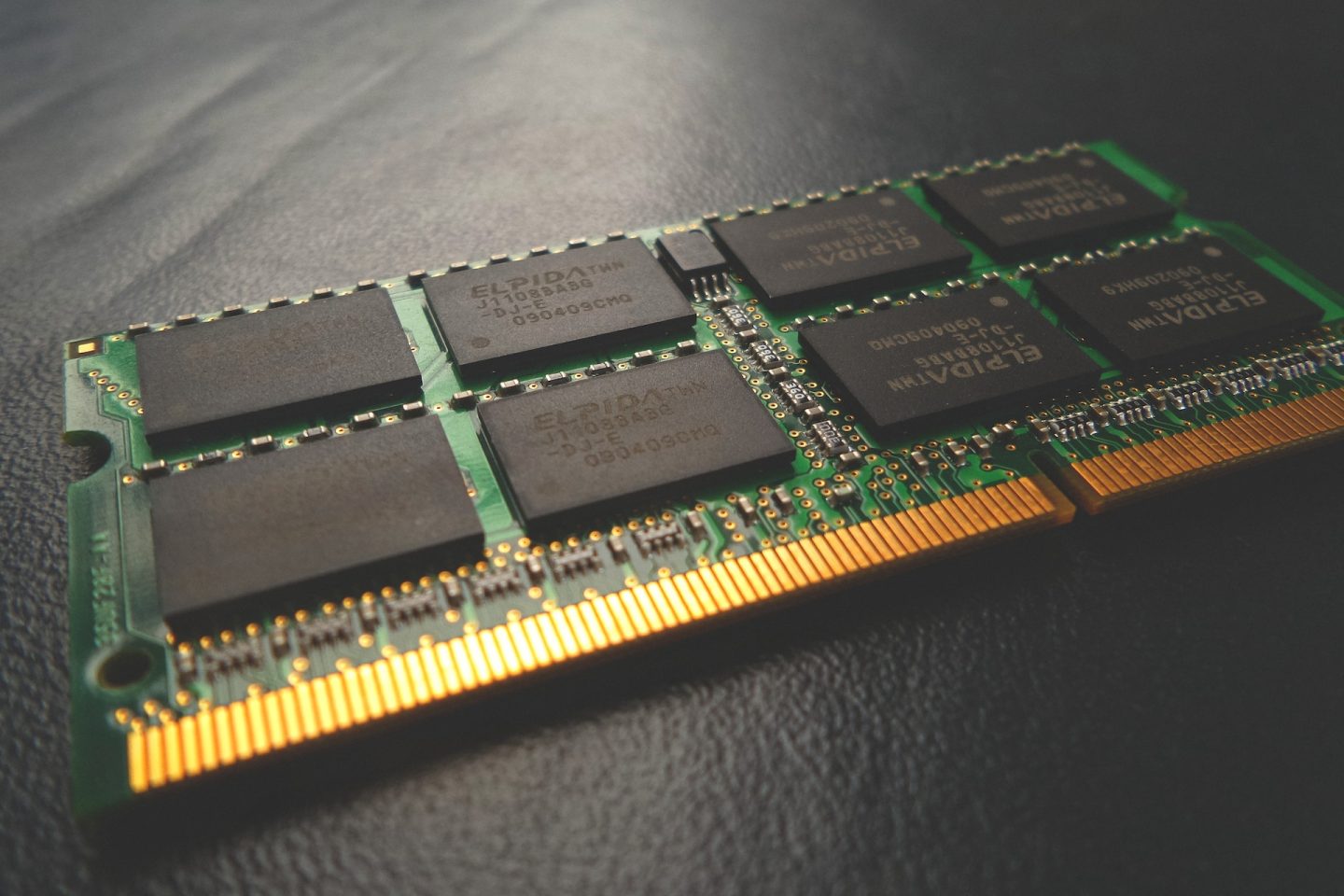In the realm of modern computing, Random Access Memory (RAM) plays a pivotal role in determining a system’s performance and responsiveness. RAM serves as a temporary storage space that provides fast access to data that is actively being used by the computer. In this article, we will delve into the definition of RAM, its significance in computer systems, and how Python, a popular programming language, interacts with RAM for seamless execution of programs.
RAM: A Vital Component of Computer Systems
Random Access Memory (RAM) is a type of volatile memory that provides a high-speed data storage solution for computers. Unlike permanent storage devices such as hard drives or solid-state drives (SSDs), RAM offers rapid access to data but does not retain its contents when the computer is powered off.
RAM is an essential component of computer systems due to its ability to store data that the CPU (Central Processing Unit) can access quickly, thereby significantly enhancing the overall performance of the system. When you open an application or run a program, the relevant data is loaded into RAM, allowing for faster retrieval and manipulation.
Python’s Relationship with RAM
Python, a versatile and widely-used programming language, interacts closely with RAM during program execution. Python code is executed by the Python interpreter, which loads the program into RAM and processes it step by step. Here’s how Python works with RAM:
Loading Code into RAM: When you execute a Python script, the code is first loaded into RAM from the storage device. This allows the CPU to quickly access and execute the instructions.
Variables and Objects: Python programs make use of variables and objects to store data. These variables and objects are also stored in RAM during program execution. For instance, when you create a list or a dictionary in Python, they are stored in RAM, enabling efficient data manipulation.
Runtime Data: As your Python program runs, it generates and processes data. This data resides in RAM, and the CPU can rapidly access and modify it. This real-time data handling is crucial for applications like data analysis, simulations, and real-time processing.
Memory Management: Python’s memory manager handles the allocation and deallocation of memory in RAM. This includes managing the creation and destruction of objects, preventing memory leaks, and optimizing memory usage.
RAM Sizes and Considerations
RAM sizes have evolved over the years, with modern computers offering a wide range of options to cater to different computing needs. As of the current year, 2023, typical RAM sizes for consumer-grade computers can range from 8 gigabytes (GB) to 64 GB or more. However, high-performance workstations and servers can have even larger RAM capacities, exceeding hundreds of gigabytes.
When considering RAM for your computer, it’s important to take into account factors such as the nature of your tasks, the complexity of programs you’ll be running (including Python scripts), and potential future requirements. More RAM allows for smoother multitasking, faster program execution, and better overall system responsiveness.
Conclusion
In the world of modern computing, Random Access Memory (RAM) serves as a dynamic and crucial component that significantly influences a computer system’s performance. Python, as a prominent programming language, interacts intimately with RAM during program execution, leveraging its speed and accessibility for efficient code processing and data manipulation. As technology continues to advance, RAM sizes expand, enabling computers to handle increasingly complex tasks and ensuring smoother user experiences. Whether you’re a programmer, a data analyst, or a casual computer user, understanding the role of RAM and its synergy with Python can empower you to make informed decisions about system configuration and software development.
